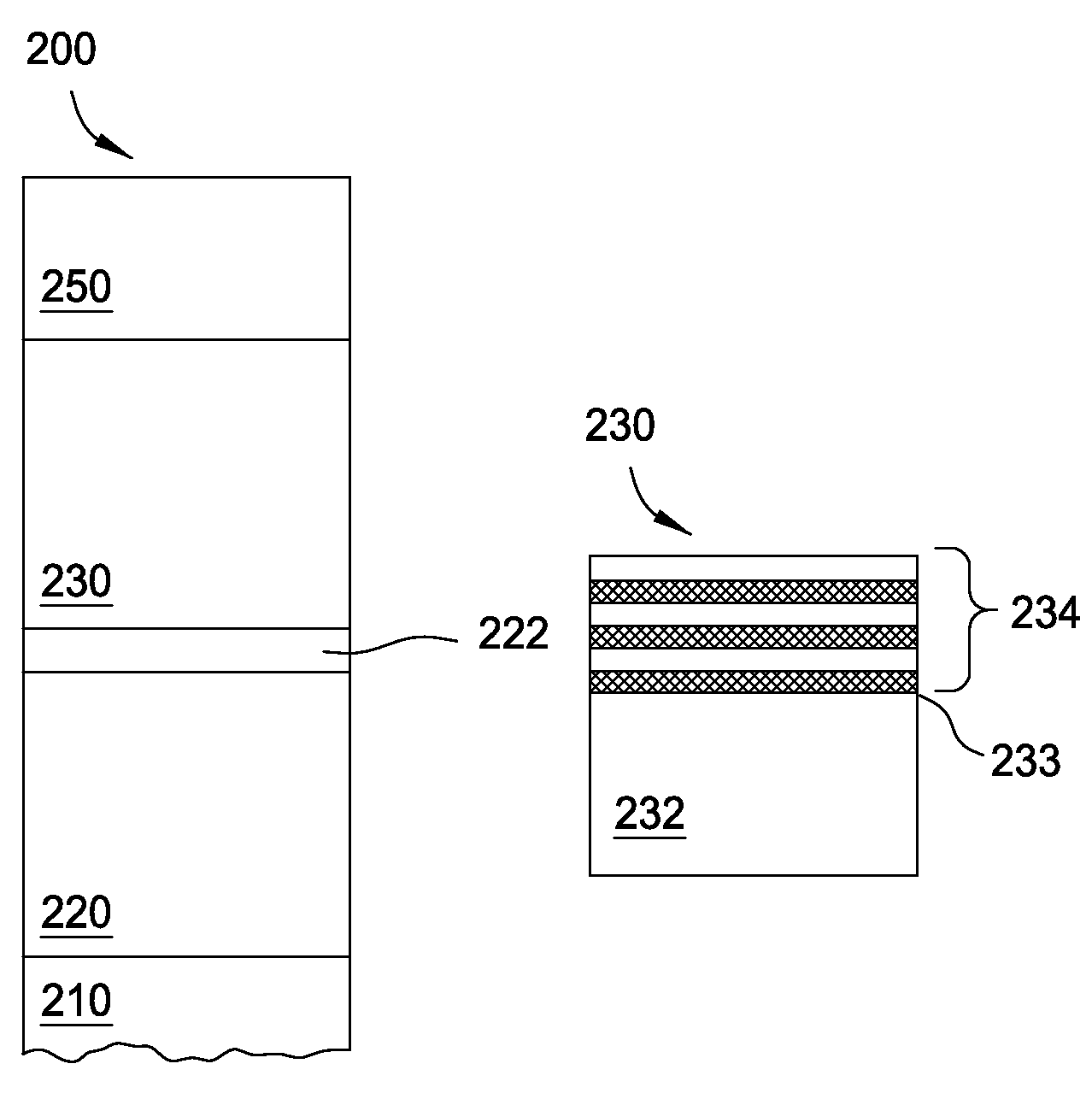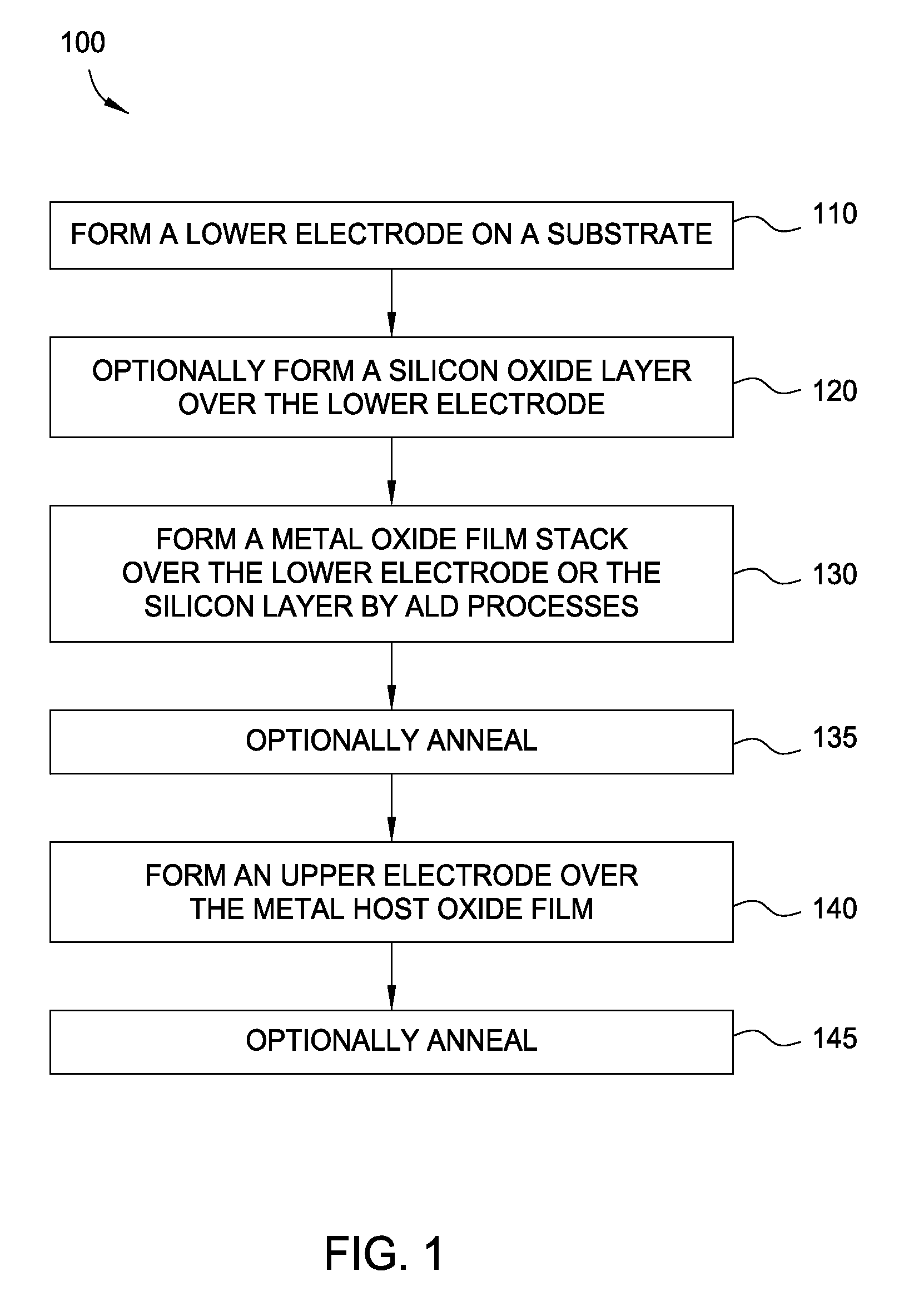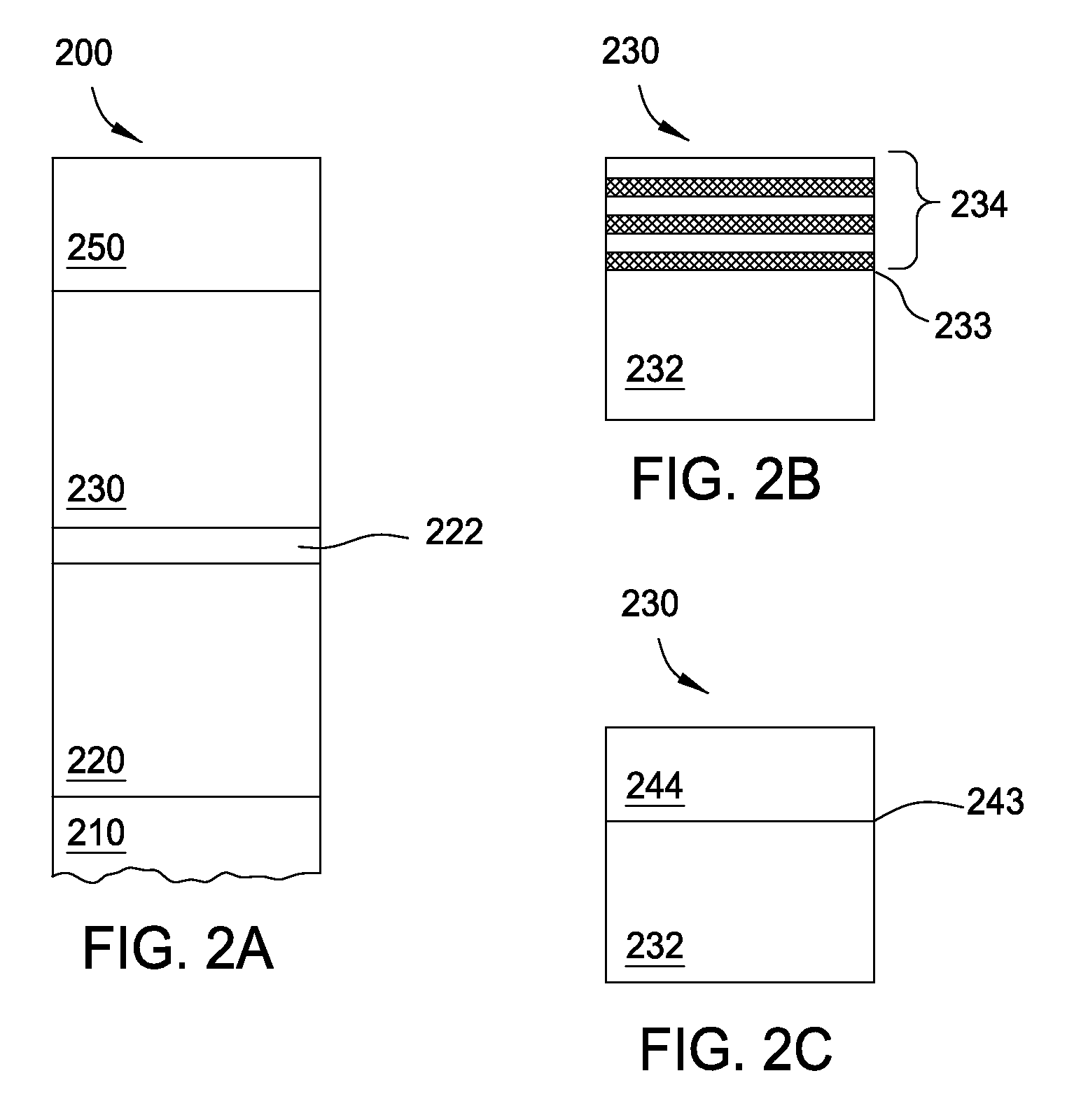Atomic layer deposition of metal oxide materials for memory applications
a metal oxide and memory technology, applied in the field of memory devices, can solve the problems of low resistance metal oxide film not being able to form a reliable nonvolatile memory device, affecting the performance of nonvolatile memory devices, and posing challenges for traditional nonvolatile memory technology, etc., to achieve simple and accurate thickness control, facilitate oxygen vacancy movement or filament formation, and improve switching performance and reliability
- Summary
- Abstract
- Description
- Claims
- Application Information
AI Technical Summary
Benefits of technology
Problems solved by technology
Method used
Image
Examples
Embodiment Construction
[0036]Embodiments of the invention generally relate to nonvolatile memory devices and methods for manufacturing such memory devices. Embodiments of the invention generally relate to nonvolatile memory devices and methods for manufacturing such memory devices. Embodiments described herein provide methods for forming improved memory devices, such as a ReRAM cells, and also provide optimized, atomic layer deposition (ALD) processes for forming metal oxide film stacks. The metal oxide film stacks described herein contain at least two metal oxide layers adjacent to or in contact with each other, such as a metal oxide coupling layer disposed on a metal oxide host layer. The metal oxide layers contain different metal oxide materials and each metal oxide material has a different grain structure and / or size from the other—therefore the metal oxide layers have a grain boundary disposed at the interface therebetween.
[0037]The interface disposed between the two metal oxide layers facilitates ox...
PUM
| Property | Measurement | Unit |
|---|---|---|
| grain size | aaaaa | aaaaa |
| grain size | aaaaa | aaaaa |
| temperature | aaaaa | aaaaa |
Abstract
Description
Claims
Application Information
 Login to View More
Login to View More - R&D
- Intellectual Property
- Life Sciences
- Materials
- Tech Scout
- Unparalleled Data Quality
- Higher Quality Content
- 60% Fewer Hallucinations
Browse by: Latest US Patents, China's latest patents, Technical Efficacy Thesaurus, Application Domain, Technology Topic, Popular Technical Reports.
© 2025 PatSnap. All rights reserved.Legal|Privacy policy|Modern Slavery Act Transparency Statement|Sitemap|About US| Contact US: help@patsnap.com



